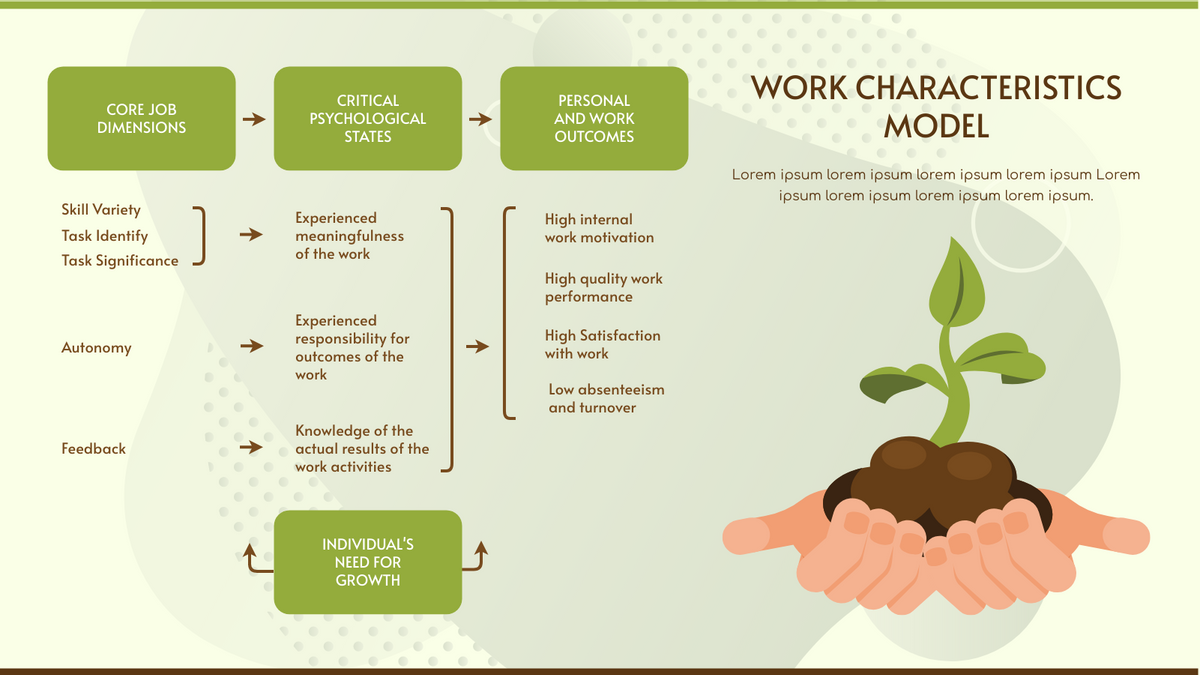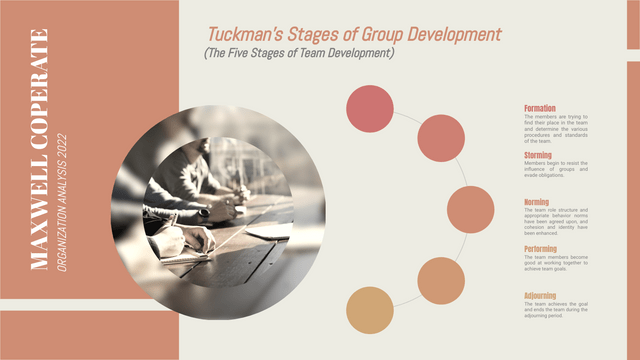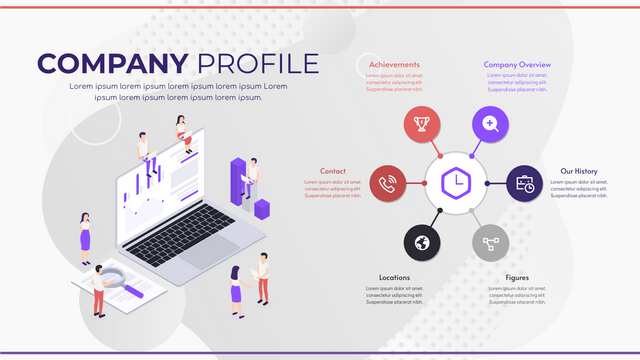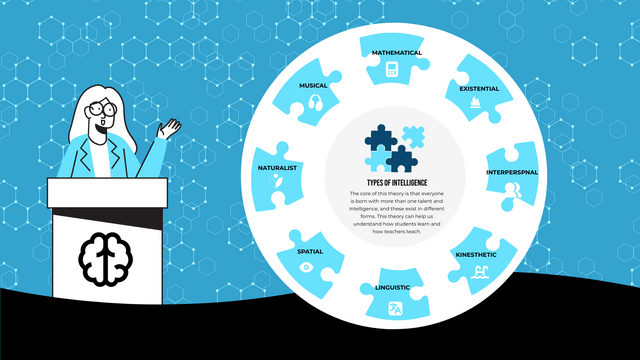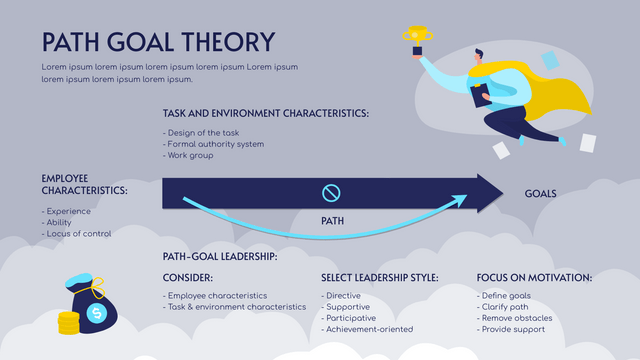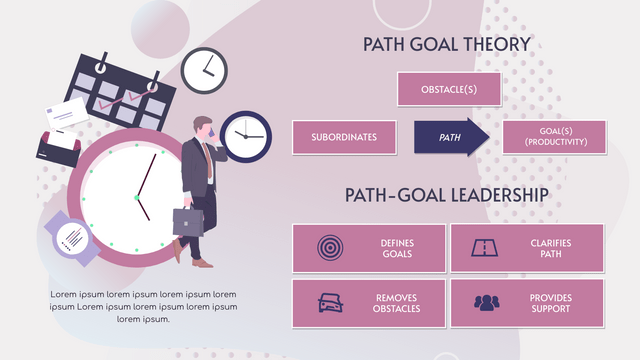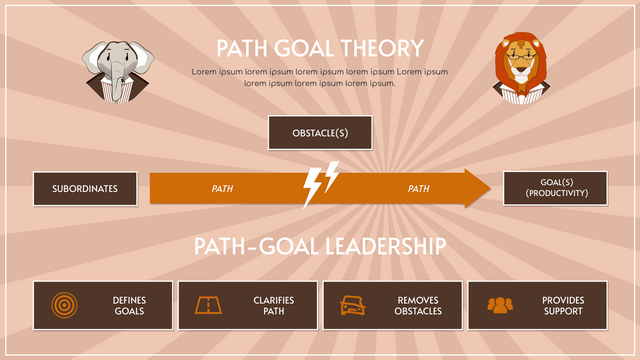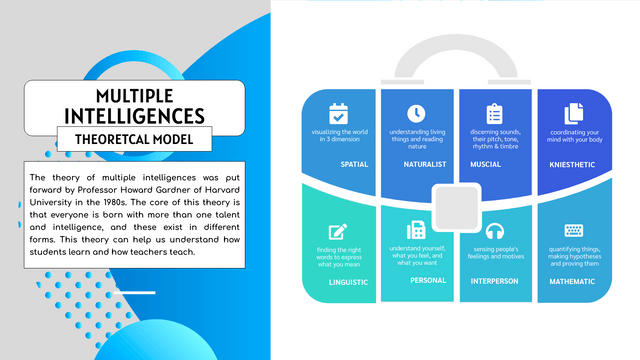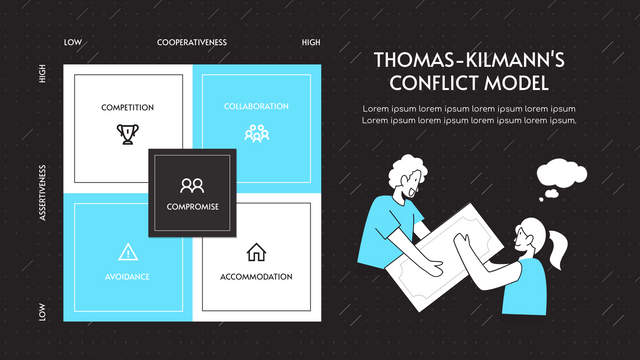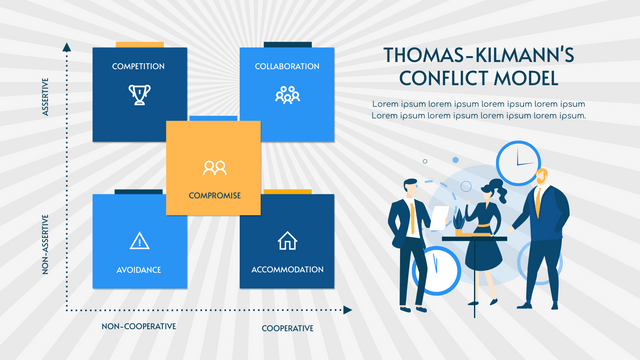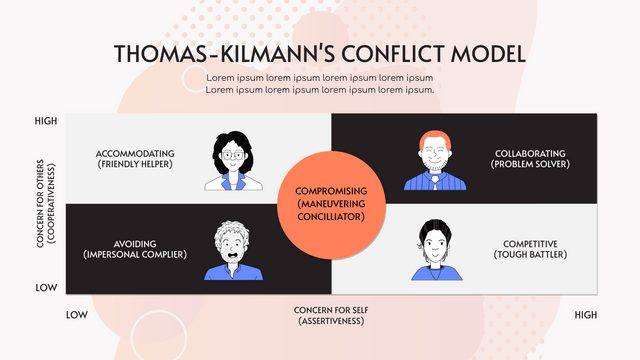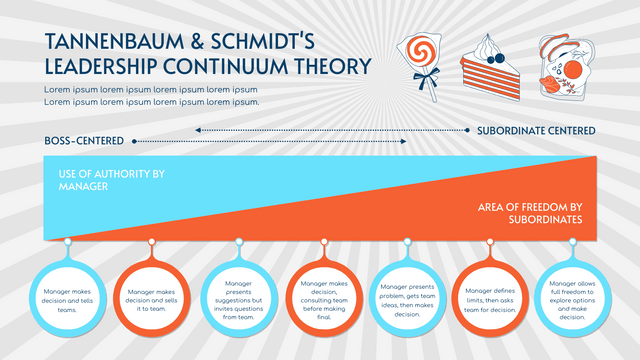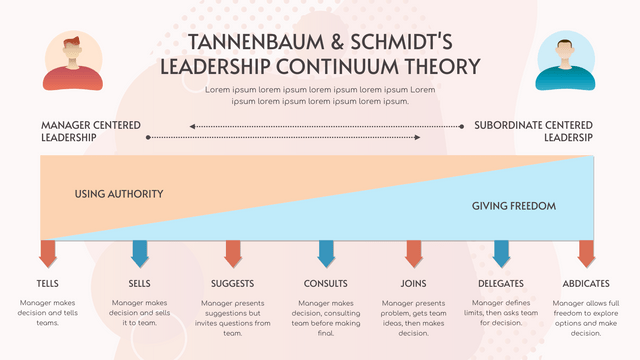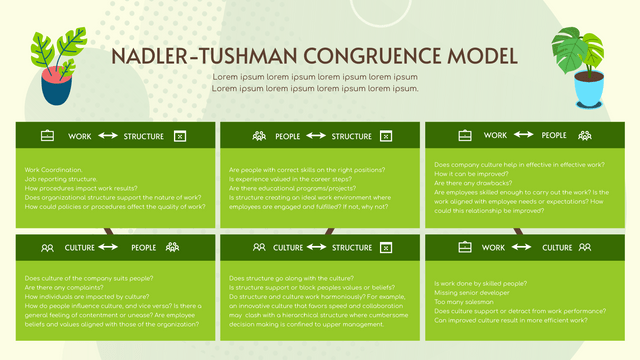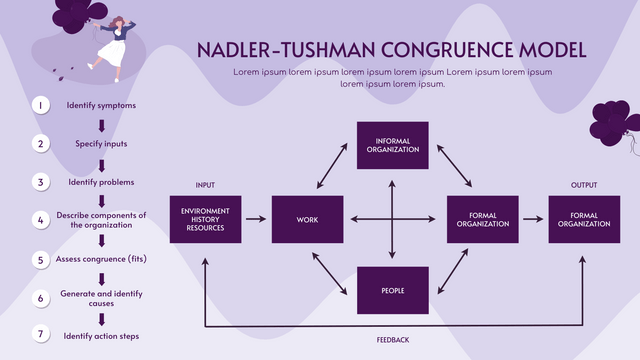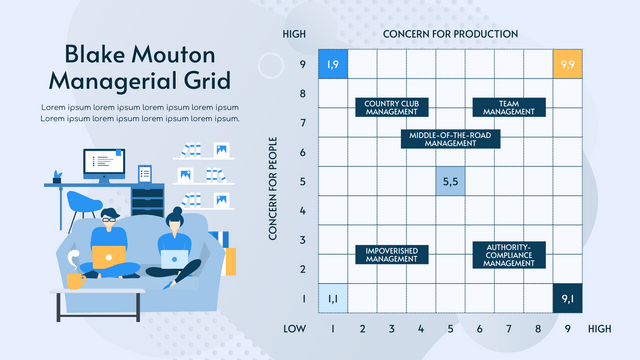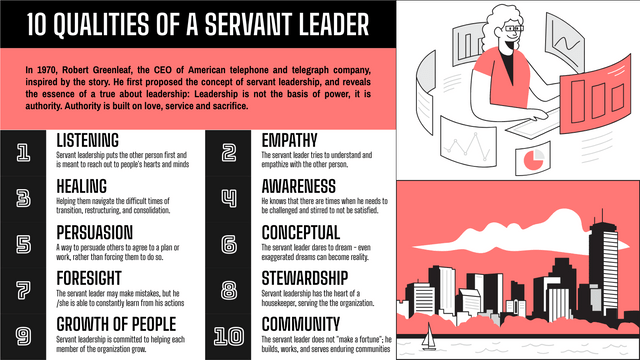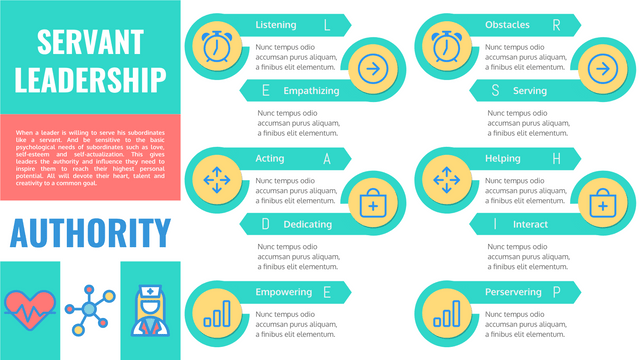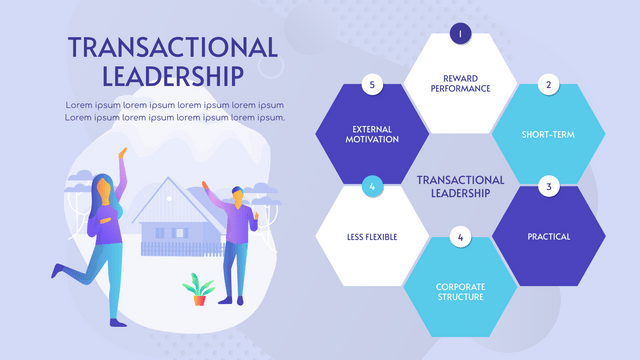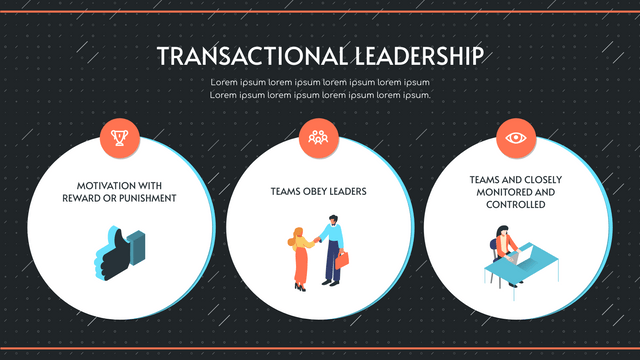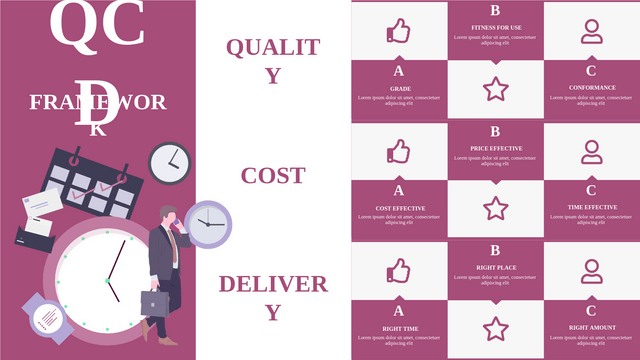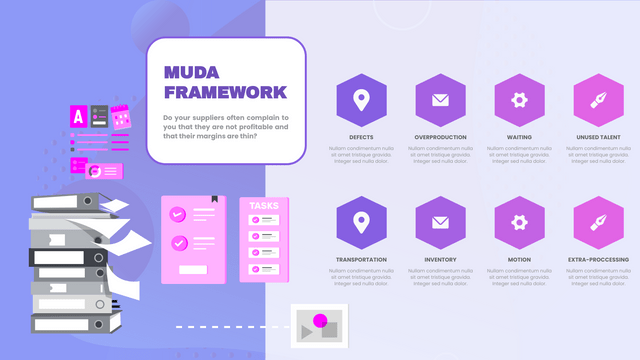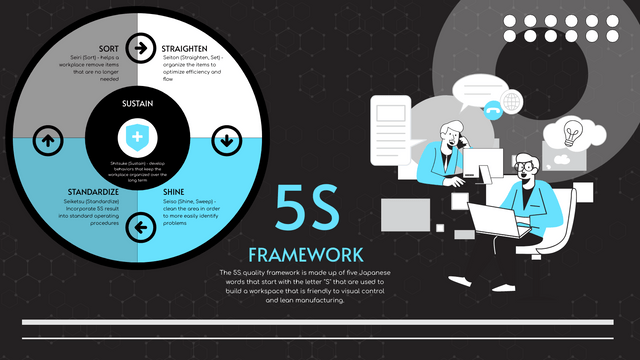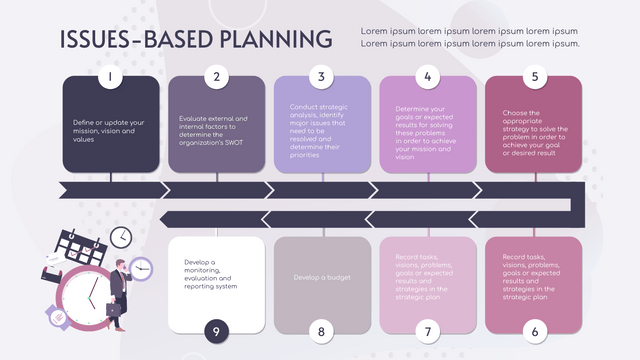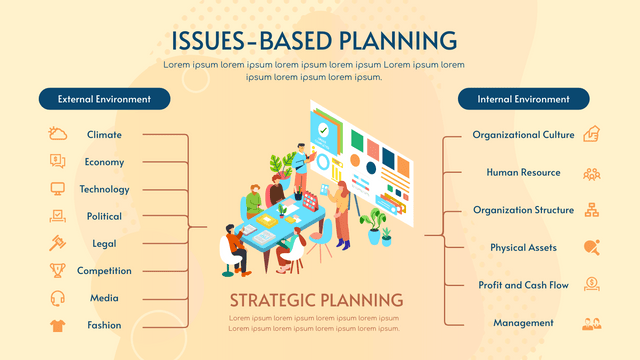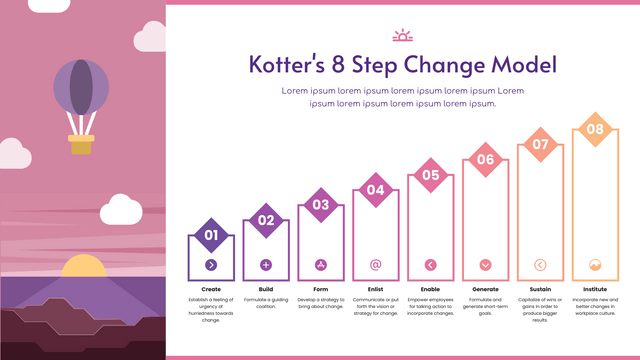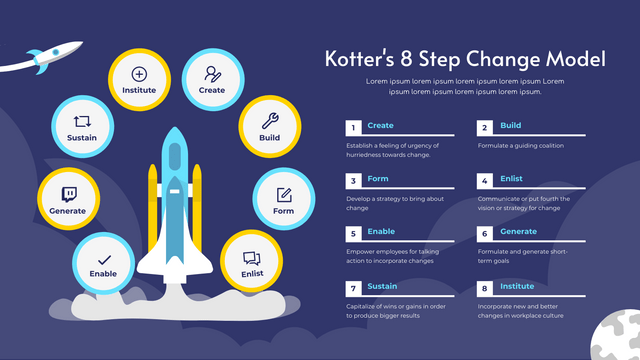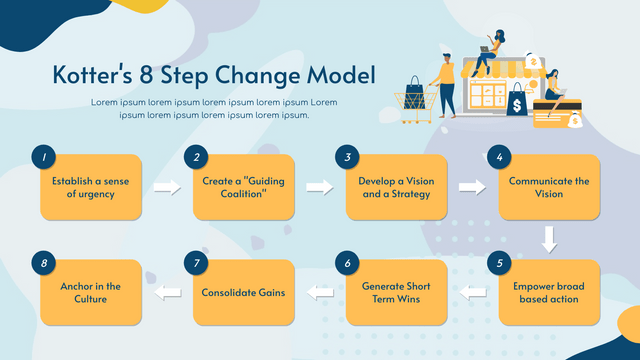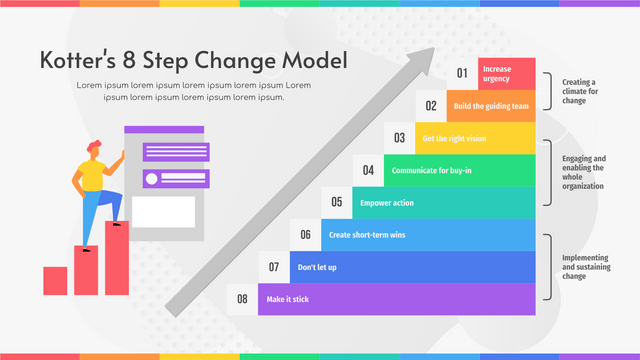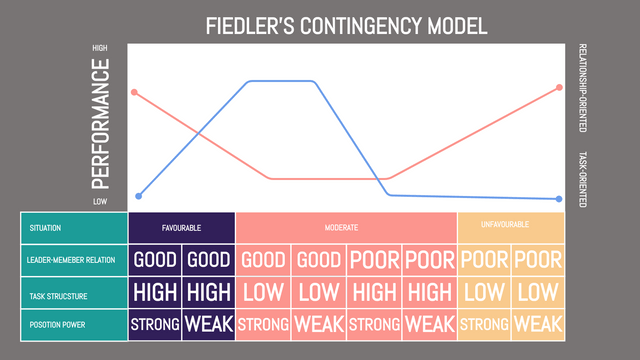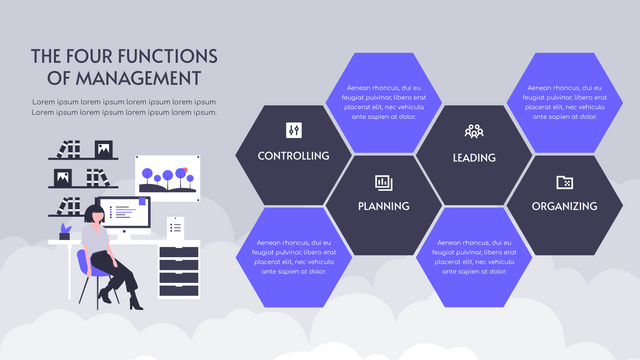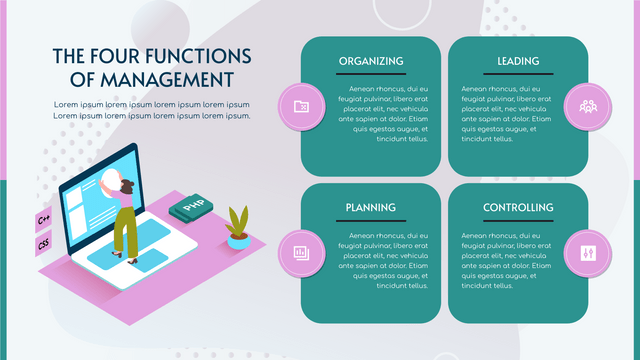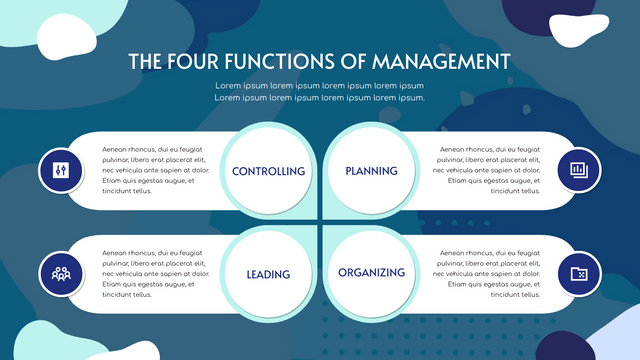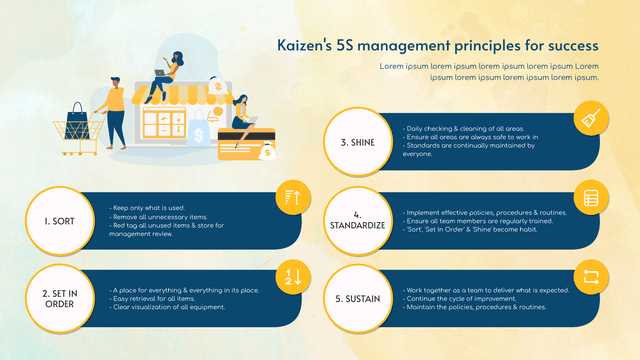What is Work Characteristics Model?
Job characteristics model, also known as the five-factor job characteristics theory, is a theory proposed by Harvard University - Professor Richard Hackman and University of Illinois - Professor Greg Aldham. They believe that a good job should have five core characteristics.
The Five Work Characteristics
Skill Variety - refers to the degree of work requires different activities, so that employees must use many skills and talents.
Task identity - refers to the degree to which the work needs to be self-contained and the results of the work can be identified.
Task significance - refers to the extent to which work will have a substantial impact on other lives or work.
Work autonomy - refers to the work that gives employees substantial freedom, independence, and space in terms of engineering scheduling and execution procedures.
Work feedback - refers to the degree to which employees can directly obtain the performance of their work activities.
List the five main job characteristics, their mutual relationships, and their impact on employee productivity, job motivation, and job satisfaction.
Motivating potential score of The Work Characteristic Model
If a job has five core characteristics, it is likely to generate three psychological states that contribute to favorable job results, such as high internal job commitment, high job satisfaction, high job productivity, low absenteeism, and low attrition. This propensity towards a high degree of work characteristics leading to positive results can be represented by the motivational potential score (MPS).
The Motivational Potential Score equation between the motivation and the five factors they designed is:

Work Characteristics Model Template
Here is a Work Characteristics Model template created with Visual Paradigm's online strategic analysis tool. You can customize this template by modifying the text, color and font, and use it in your presentations and reports.
